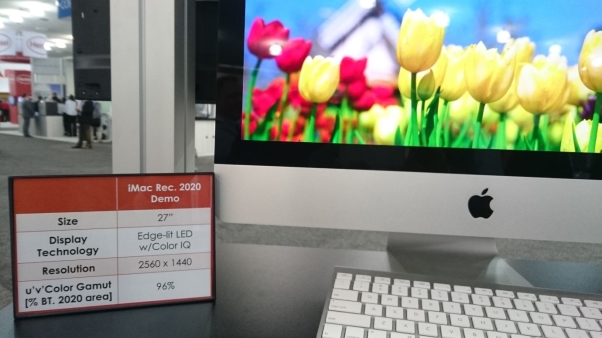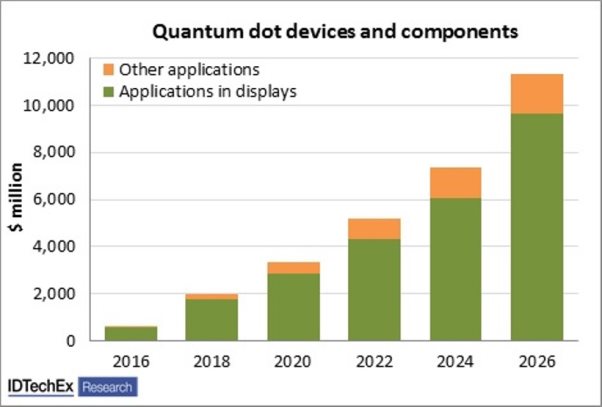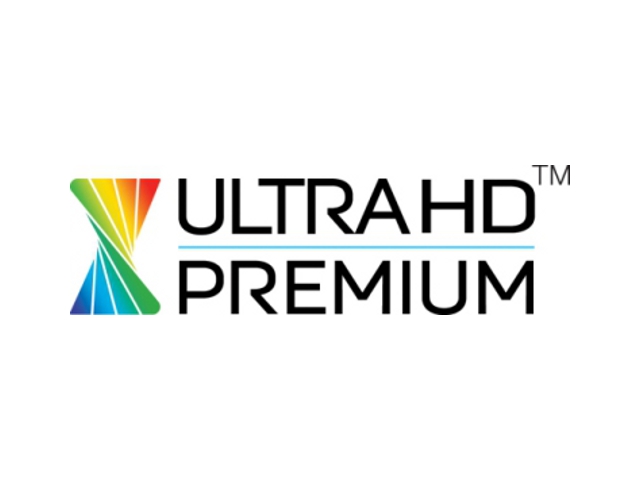By Dr Guillaume Chansin, Senior Technology Analyst, IDTechEx
Content is king. And when it comes to new display technologies this mantra certainly makes a lot of sense. After all, what would be the point of getting the latest TV on the market if you just had some old DVDs to watch? Good content is what justifies a hardware upgrade.
Unfortunately, content usually arrives late. When full HD TVs first became available, there was still a scarcity of content to be watched in 1920 × 1080 resolution. Today, history is repeating with 4K, high dynamic range (HDR) and quantum dots: the technology isavailable but there is a lack of suitable content. Moreover, every manufacturer has been implementing these technologies differently and it has resulted in a lot of confusion. So the new UHD standard announced during the Consumer Electronics Show was well overdue.
The UHD Alliance is a consortium regrouping technology companies and heavyweights from the film industry such as Universal Pictures, Twentieth Century Fox, and Walt Disney Studios. In a press release, they described the major features of the new standard.In order to be certified Ultra HD Premium, a device will need to satisfy minimum specifications in terms of resolution, bit-depth, dynamic range and colour gamut.
Encoding in BT .2020
In a way, the certification can be seen as just another attempt to reassure consumers their new device is “future-proof”. For manufacturers, the specifications are loose enough to accommodate everyone. For instance, the standard requires 1000 nits at peak brightness, unless the device is capable of very low black level (in which case 540 nits peak brightness is considered sufficient). It is obvious this decision was made to allow OLED TVs to be certified Ultra HD Premium, since high brightness is still an issue for OLED.
Where the new standard makes significant changes is in content production and distribution. In particular, all content labelled Ultra HD Premium will be encoded with BT .2020 colour representation. This is a major step up from the old BT .709 colour space which is currently in use for most consumer content.
In the last two years, display manufacturers have commercialised what they call ‘wide colour gamut’ LCD panels. These displays usenew phosphors or quantum dots to produce a wider range of colours. However, content encoded in BT .709 cannot fully exploit the capabilities offered by these displays. If poorly calibrated, it can even result in images looking garish or over-saturated.
BT. 2020 is a much bigger colour space than anything used before. Therefore, content encoded in BT .2020 will reveal how good the displays truly are in terms of colour reproduction.

This modified iMac display can cover 96% of BT .2020 thanks to quantum dots (photo: G. Chansin)
Quantum dot adoption
For quantum dot suppliers, more content in BT .2020 will be a great opportunity to demonstrate the benefits of wide colour gamut displays. However, devices certified Ultra HD Premium will only have to cover the DCI P3 colour gamut, which is much smaller than BT .2020. So the new standard sets the bar very low when it comes to display performance.
This enables Samsung to go ahead with their new range of quantum dot TVs. Samsung has decided to use cadmium-free quantum dots, which are labelled as safer than cadmium-based materials. However, colour reproduction with cadmium-free quantum dots is currently lower than 80% of BT .2020. This is likely to improve in the future as manufacturers learn how to get narrower emission peaks. In the meantime, quantum dots based on cadmium remain the best for displaying BT .2020 content. For example, QD Vision has demonstrated a coverage of 96% BT .2020 using cadmium selenide quantum dots.
The new standard therefore helps quantum dot adoption in two ways. It lets cadmium-free technology get the certification while at the same time encourages consumers to seek the best display to watch content in BT .2020. Although quantum dots are only used in a few TV models at the moment they will be increasingly important for display manufacturers as the content becomes available. By 2018, the market for quantum dot display components will reach $1.8bn according to forecasts by IDTechEx Research.

Market forecast for quantum dot devices and components (source: IDTechEx Research report “Quantum Dots 2016-2026: Applications, Markets, Manufacturers”)
It is of course still early to say whether the new standard will be popular. But it represents the best attempt so far at defining how consumers should experience Ultra HD. It is also worth noting that both Netflix and Amazon have contributed to the specifications.With content now being distributed directly over the Internet by these providers, the transition to a new standard might happen faster than you think.
Learn more on quantum dots at www.IDTechEx.com/qd.





